The Fascinating Journey of Measuring Light's Speed
Written on
Chapter 1: Understanding Light's Speed
The concept that light travels at a specific speed, nearly 300,000 km/s, is common knowledge today. However, this understanding evolved over centuries. This article delves into how humanity came to realize that light does not move instantaneously and how its speed was ultimately measured.
Section 1.1: Early Beliefs about Light
In ancient and medieval times, the prevailing belief was that light traveled instantaneously. Aristotle, a key figure in medieval science, posited that light's speed was infinite, a view echoed by many of his followers. Galileo Galilei was the first to empirically challenge this notion.
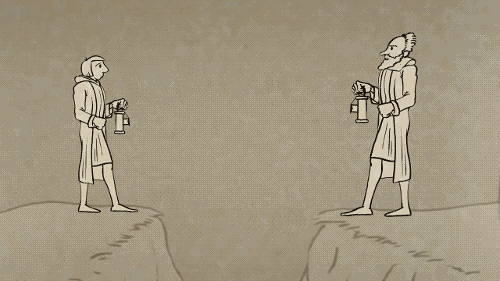
Section 1.2: Galileo’s Pioneering Experiment
In 1600, Galileo devised an experiment where two individuals, positioned at a distance, would alternate flashing lanterns with shutters. His findings suggested that light's speed was either infinite or extremely high, beyond the measurement capabilities of his time.
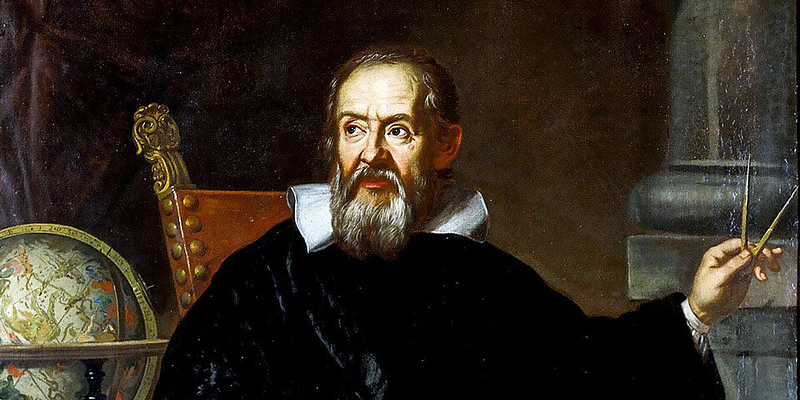
Despite these initial efforts, the scientific community remained divided. Some, like Johannes Kepler and René Descartes, held onto the belief that light was instantaneous, while others, including Robert Boyle and Robert Hooke, acknowledged its finite nature but deemed it too vast to measure.
Section 1.3: The Quest for Longitude
The breakthrough in recognizing the finite speed of light came unexpectedly while solving a different issue. During the age of exploration, sailors needed to determine their geographical locations accurately. Latitude was relatively easy to ascertain, but determining longitude proved much more challenging.
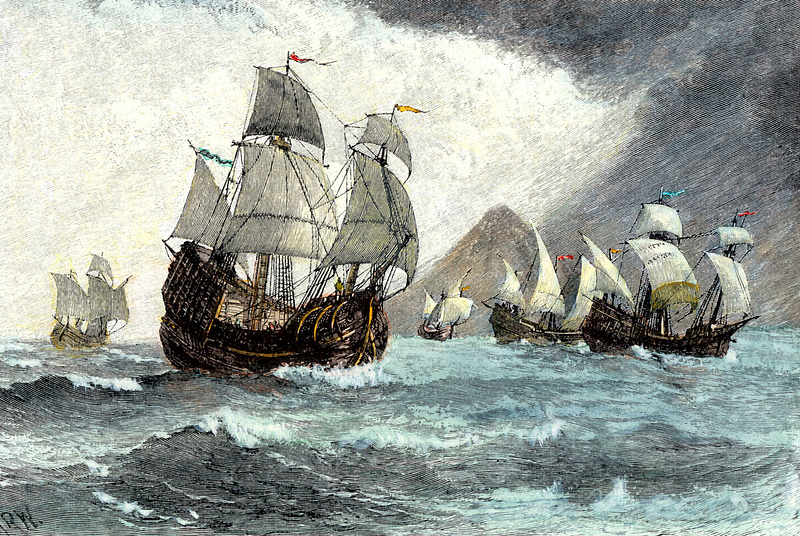
Knowing local time and comparing it to the prime meridian was crucial for determining longitude, yet this was not straightforward. Pendulum clocks proved ineffective on ships, complicating the sailors' ability to synchronize time with Greenwich.
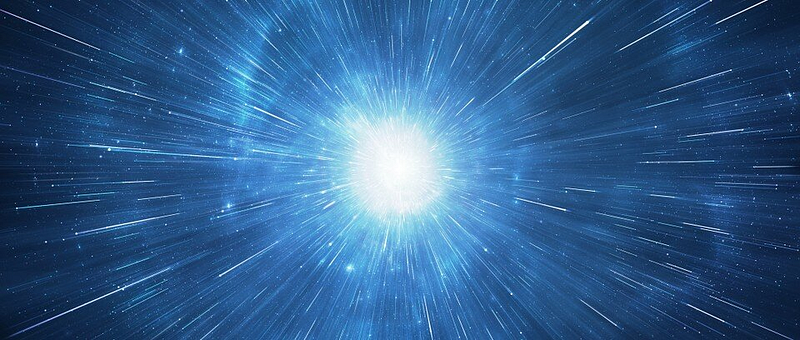
Faced with this pressing issue, the British Parliament offered a remarkable prize of 20,000 pounds sterling—equivalent to approximately one and a half million pounds today—for a solution.
Section 1.4: Astronomical Solutions
One solution involved using astronomical events with known timings in Greenwich to determine longitude. Initially, lunar eclipses were considered, but their infrequency and difficulty in timing made them impractical.
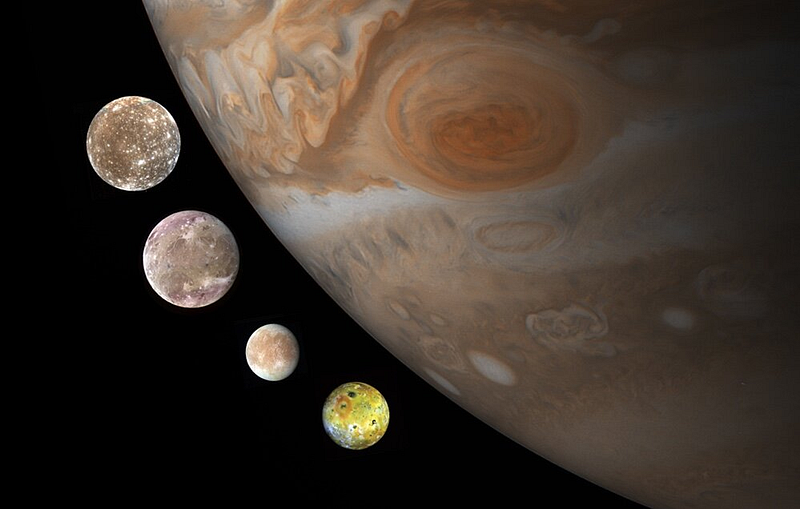
Galileo proposed tracking the eclipses of Jupiter's moons, particularly Io, which occurred roughly every two days. Astronomers were tasked with compiling tables predicting these eclipses, allowing sailors to compare their observations against Greenwich time.

However, this method often led to inaccuracies. Danish-French astronomer Ole Rømer eventually identified a pattern: the timing of Io's eclipses varied depending on the Earth’s distance from Jupiter. He concluded that light must travel at a finite speed, calculating it to be 230,000 kilometers per second in 1676—a remarkable achievement for his time.
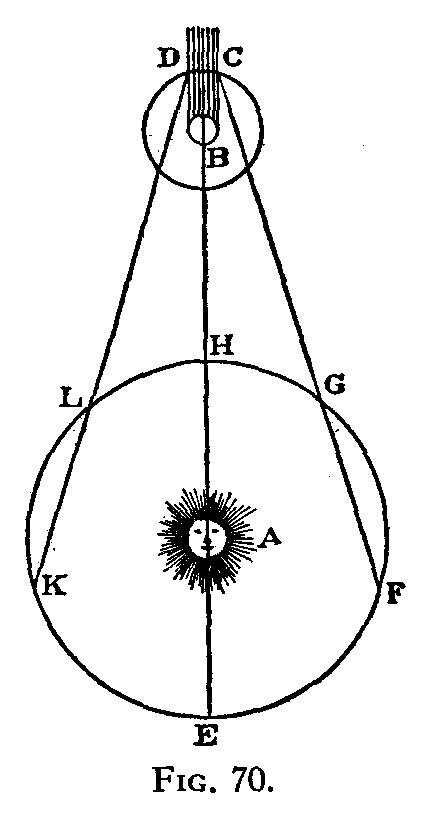
After years of further observations, Rømer's findings laid the groundwork for more accurate measurements. In 1726, James Bradley discovered light aberration, which allowed for a refined speed calculation of 308,000 km/s with just a 0.4% error. Later experiments by Armand Fizeau in 1849 and Léon Foucault in 1862, along with Albert Michelson in 1926, ultimately yielded a value for light’s speed of approximately 299,796 km/s—remarkably close to modern figures.
Chapter 2: The Evolution of Light Measurement
This video titled "Measuring the Speed of Light Throughout History" explores the various methods and milestones in understanding light's speed.
The second video, "History of the Speed of Light and How Its Speed Was Determined," provides a detailed overview of the historical context and significant breakthroughs in measuring light's velocity.
Clap if you want to see more articles about space in your feed!
Subscribe to our channel and feel free to ask questions that I will address in future articles. If you appreciate my work, consider becoming a Medium member for just $5 monthly to help us produce even better content.